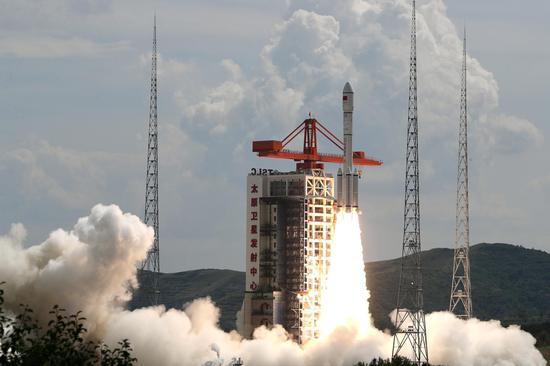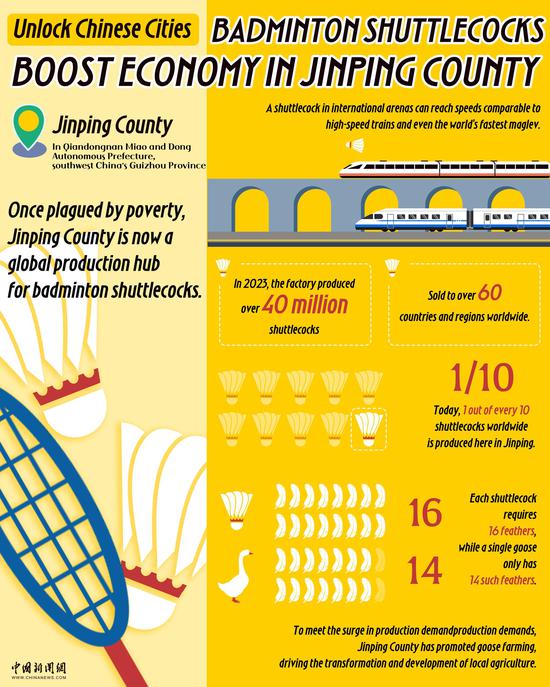As China is moving to boost the low-altitude economy, which integrates a wide range of industries and services that make up work and daily life, new consumption models like air touring and logistics delivery are rapidly emerging, allowing for more efficient and cost-effective transportation in low-altitude.
On Saturday, a commercial passenger helicopter took off from the airport in Kunshan, East China's Jiangsu Province, with a maximum cruising speed of nearly 200 kilometers per hour, heading directly to Shanghai Pudong Airport completing one of many scheduled test flights.
The experiment marks a significant advance in developing low-altitude passenger transport with air-air intermodal service, reducing a 150-180 minute land journey between the two locations to just 30 minutes.
Kunshan released a notice on its WeChat account, confirming that the Kunshan city terminal will be the nation's first city terminal to launch the intermodal air-air transport service.
Air-air intermodal service refers to a transportation service that involves the use of multiple air carriers to transport goods or passengers between different locations. Through fast flying in the air and exclusive flight lanes, the travel efficiency is increased four to fivefold, compared to ground commuting.
The travel time is forecast to be reduced to about 20 minutes upon completion of the first phase of development. The route is estimated to attract between 20,000 to 30,000 passengers trips per year, resulting in an economic impact of tens of millions of yuan , the Shanghai Securities News reported.
Passengers can access this new interconnected air service, with one-way flight price at 1,600 to 1,800 yuan ($223 - $251) per person, facilitating efficient travel from Kunshan to Shanghai Pudong in approximately 20 minutes. Upon arrival, passengers will be transferred by ground service vehicle to a civil aviation flight. The entire journey, including airport ground transportation, will be completed within an hour.
The route, after its official opening on August 18, will run between Kunshan, Shanghai Disneyland, Zhoushan in East China's Zhejiang Province and Huangshan in East China's Anhui Province, said the person in charge of the project. Apart from the low-altitude tourism services, the route will also provide cross-border emergency medical flight services in the future, he added.
The successful trial flight marks a new stage in the application of this technological innovation, Cao Xintian, founder of Shanghai NewSky Heli Co, a general aviation company in charge of conducting the scheduled flight mission told the Global Times on Sunday.
Cao expressed optimism over the development of the low-altitude economy as a strategic emerging industry, saying that the goal is to maximize the benefits of aviation industry, and drive the growth of the burgeoning low-altitude sectors through strategic planning, innovative thinking, and superior customer service.
As the low-altitude economy integrates a wide range of industries and services, observers say that the emerging industry will play a vital role in shoring up the country's economic development.
The low-altitude economy has a long industrial chain and wide application scenarios in the industrial, agricultural, and service sectors. It has condidered defined as a strategic emerging industry at the country's annual central economic work conference in late 2023 and written into this year's government work report as a new growth engine.
According to the Civil Aviation Administration of China, the market size of China's low-altitude economy by 2023 is estimated at more than 500 billion yuan, which is likely to reach 2 trillion yuan by 2030.


















































 京公网安备 11010202009201号
京公网安备 11010202009201号